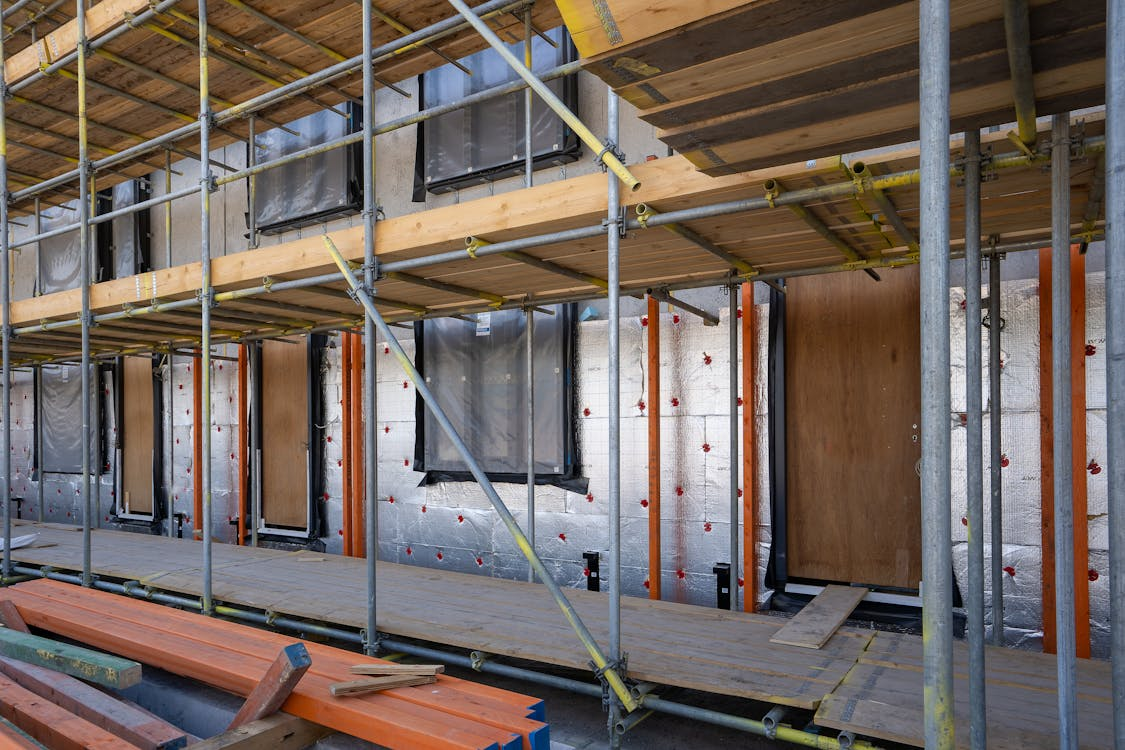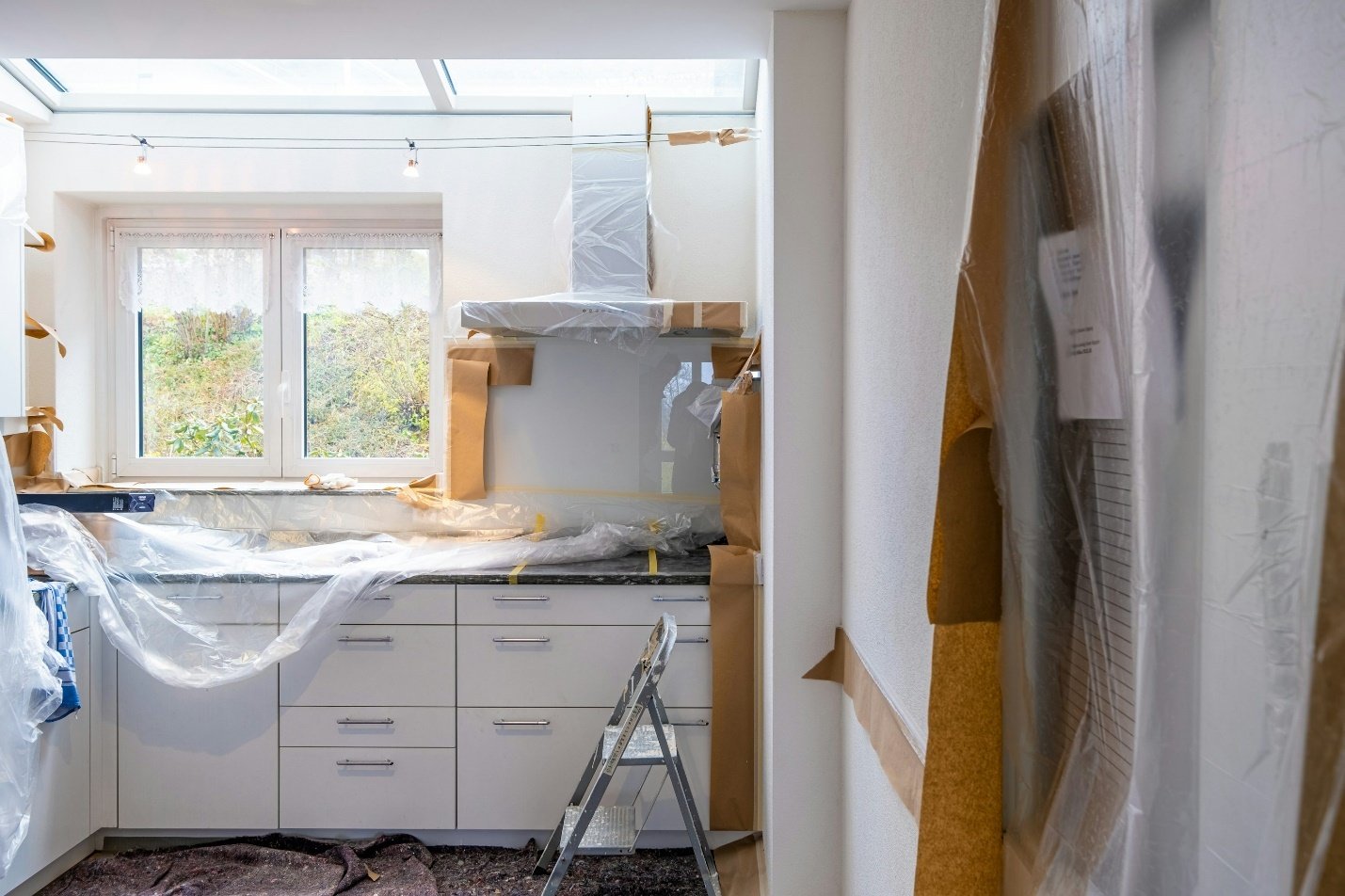As you probably might have heard, fixing and flipping properties is one of the best ways to earn money and boost your portfolio. Yet, it is crucial to budget properly or else it can cause a potentially profitable property to become a loss. While it may seem difficult, do not worry, because there are ways to make the budgeting process easier. Here’s an in-depth guide to fix and flip budgeting.
What Should You Include in Your Fix and Flip Budget?
Your budget should include the cost of the initial property purchase, as well as all the renovations and upgrades. Beyond that, you should also include carrying costs, selling costs, and most importantly, a safety net.
But before all these, you must first figure out your initial investment. By doing this, you can prevent spending more money than you have available to buy a home. With that said, let us take a closer look into the five components of what your fix and flip budget should contain.
Cost of Property Purchase
It’s crucial to include all closing costs related to your fix and flip when deciding how high you may go with the purchase. That should cover all costs, including insurance for you and the title.
Not to mention, tax for the property, any escrow specifications, and origination costs and points for loans. Appraisals and construction site inspections are additional expenses in the course of purchasing a property.
Costs of Upgrades and Renovations
Next, your budget needs to consist of the costs for upgrades and renovations. This is especially important in the case of fix and flip properties. The data relating to refurbishment and purchase costs require some balance.
Make sure that your combined budget for the two categories does not exceed what you can reasonably afford based on the carrying and down payment. Not to mention, the carrying and down payment costs should not be more than the property’s worth is also crucial.
Costs of Carrying
If you are unable to pay the full purchase price of the property plus any necessary repairs in cash, carrying charges from the loan will cover the shortfall. Make sure you are aware of the precise amount of the repair and flip loan.
Don’t forget to include additional charges in your carrying costs, such as the insurance and taxes for the property. Not to mention, utility costs and loan interest fees are costs to consider.
Costs to Sell
Those who are inexperienced with fix and flip may not know about this but it is crucial to include the costs to sell as part of your budget. After all, if you choose to engage an agent for the sale, you would require to give up parts of your profits.
In fact, the majority of agents charge between 4% and 7% of the sales price. And while the percentage may seem small, with the transfer fees, recordation costs and lack of a proper budget, it may end up affecting your profits.
Safety Net
In actuality, problems and adjustments arise during every restoration or rehab. No matter how carefully you plan, it still occurs. It is crucial to make sure you have the money for those activities. With that said, we recommend that your buffer should account for at least 15% to 20% of your rehabilitation or repair expenditure.







